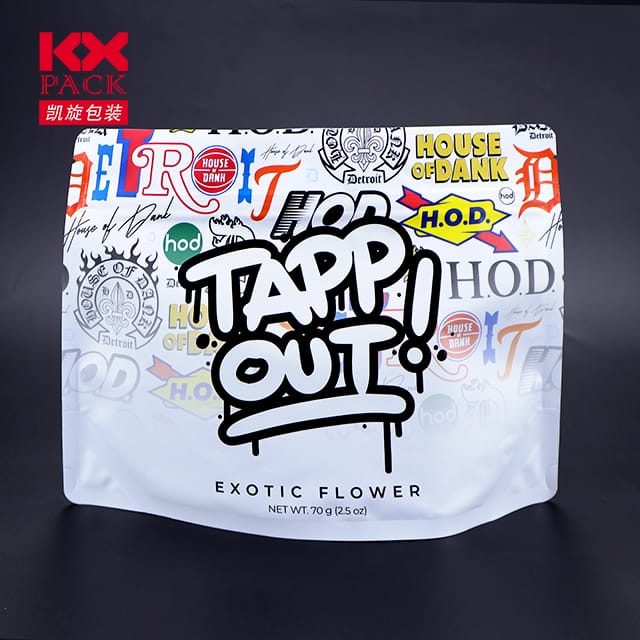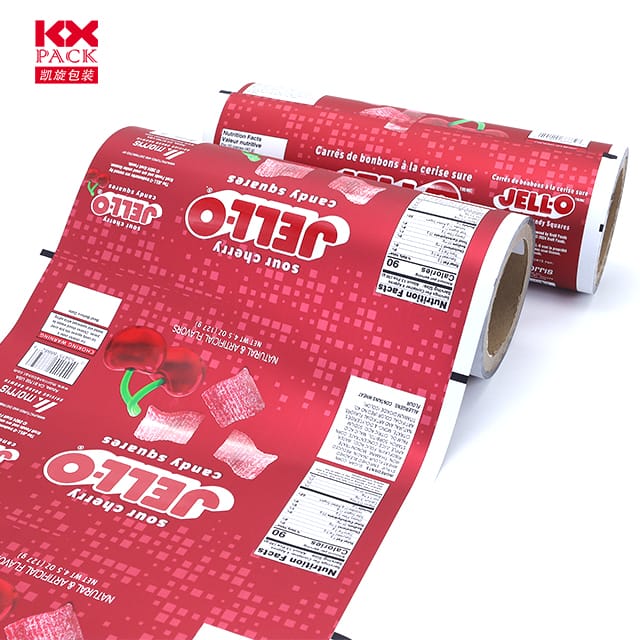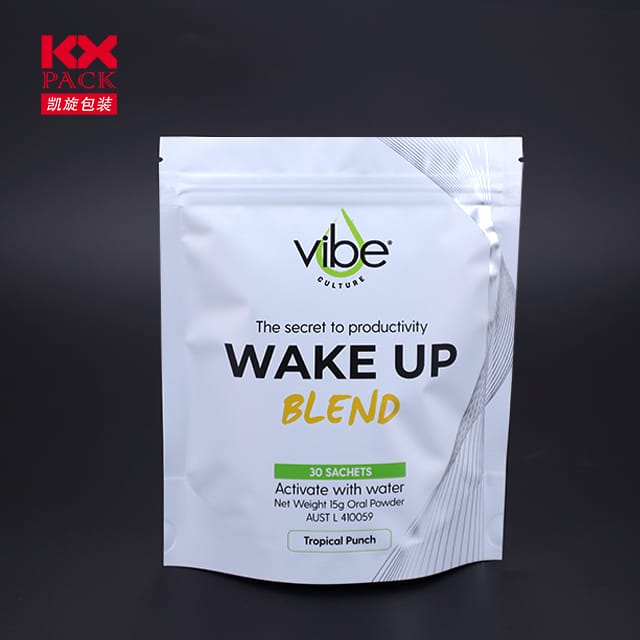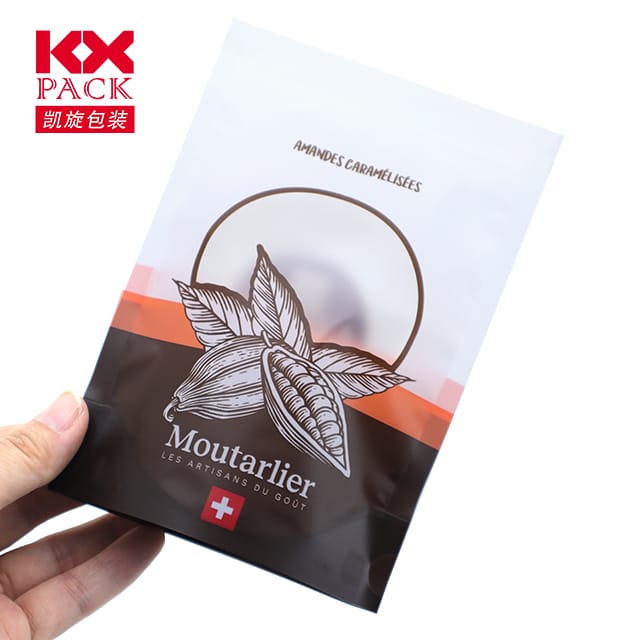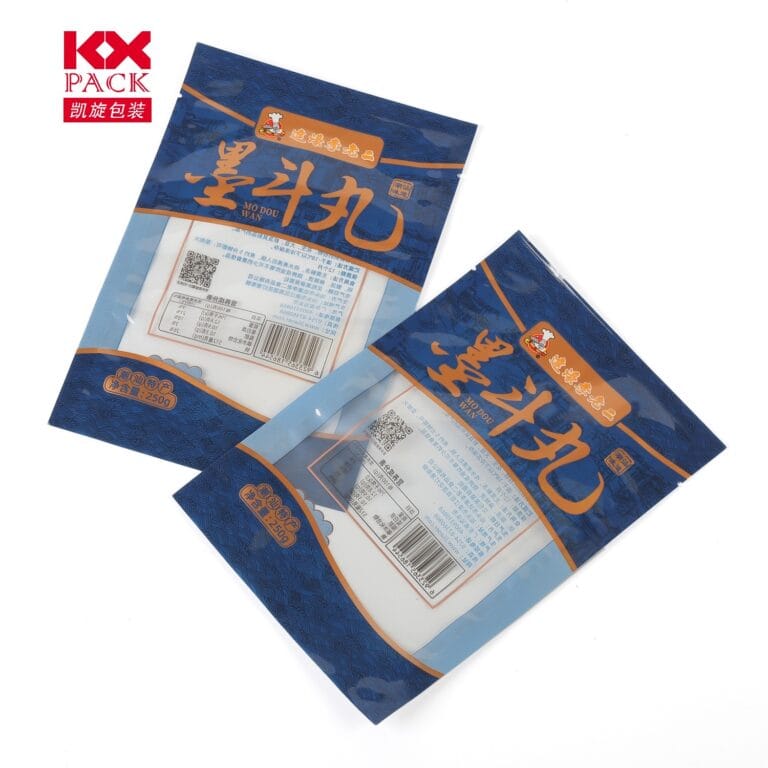A dupla szélű műanyag fóliak kardja a csomagoláshoz: Kényelem vs. Környezeti hatás (3)
Műanyag fólia csomagoláshoz
Plastic film is ubiquitous in our lives. Az élelmiszerboltoktól a raktárak szállításáig, Ez a sokoldalú anyag csomagol, védelem, és mindent megőriz a friss termékektől a törékeny elektronikáig. De a környezeti aggályok növekedésével, A kérdés szövődik: Összeegyeztethetjük -e a műanyag film kényelmét a műanyag hulladék csökkentésére sürgős szükségességgel? Let’s unpack the role of plastic film in modern life and explore sustainable alternatives.
Why Plastic Film Dominates Packaging
- Sokoldalúság & Költséghatékonyság
Műanyag fólia csomagoláshoz (like polyethylene, or PE) is lightweight, rugalmas, and inexpensive to produce. It can be tailored for various uses—cling wrap, shrink wrap, bubble wrap, és még sok. - Barrier Protection
It shields products from moisture, oxigén, és szennyező anyagok, extending shelf life and reducing food waste. Vállalkozásoknak, this means fewer losses and happier customers. - Átláthatóság & Marketing Appeal
Clear plastic film allows products to be visible, enhancing retail appeal. For consumers, it provides a “see-before-you-buy” advantage.
The Environmental Toll
- Non-Biodegradable: Traditional plastic film takes centuries to decompose, contributing to landfills and ocean pollution.
- Microplastics: As plastic breaks down, it releases microplastics that contaminate ecosystems and enter the food chain.
- Carbon Footprint: Production relies on fossil fuels, contributing to greenhouse gas emissions.
Állami riasztás: The Ellen MacArthur Foundation estimates that by 2050, plastic could outweigh fish in the ocean.
Innovative Solutions & Alternatives
- Biológiailag lebomló & Compostable Films
- PLA (Polylactic Acid): Derived from corn starch or sugarcane, it decomposes in industrial composting facilities.
- PHA (Polyhydroxyalkanoates): A biodegradable plastic produced by microbial fermentation.
- Plant-Based Films
Materials like cellulóz (from wood pulp) vagy agar (from seaweed) offer compostable, non-toxic options. - Újrafelhasználható & Recyclable Systems
- Méhviasz csomagolása: A natural, washable alternative to cling film.
- Silicon Lids: Durable covers for bowls and containers.
- Returnable Packaging: Some companies are trialing reusable plastic crates or containers.
- Chemical Recycling
Emerging technologies break down plastic polymers into raw materials, enabling circular production.
How You Can Make a Difference
- Reduce: Opt for loose produce, buy in bulk, or choose products with minimal packaging.
- Reuse: Repurpose plastic film for tasks like covering leftovers or protecting plants.
- Recycle: Check local guidelines—some regions accept clean plastic film for recycling.
- Support Eco-Brands: Patronize companies using compostable or recycled materials.
The Future of Plastic Film
While Műanyag fólia csomagoláshoz isn’t going away overnight, progress is underway. Governments are enforcing stricter regulations (PÉLDÁUL., the EU’s Single-Use Plastics Directive), and industries are investing in greener alternatives. Consumers, too, hold power—by demanding sustainability, we push the market toward innovation.
Végső gondolatok
Műanyag fólia csomagoláshoz has revolutionized packaging, but its environmental cost is undeniable. By embracing alternatives, recycling wisely, and supporting eco-conscious brands, we can mitigate its impact. Let’s strive for a future where convenience and sustainability aren’t mutually exclusive.
💡Pro Tip: When recycling plastic film, ensure it’s clean and dry to avoid contamination.
What’s your strategy for reducing plastic film use? Share your tips in the comments!
Kulcsszavak: műanyag fólia csomagoláshoz, fenntartható csomagolás, biodegradable plastic film, compostable alternatives, reduce plastic waste, eco-friendly packaging solutions

